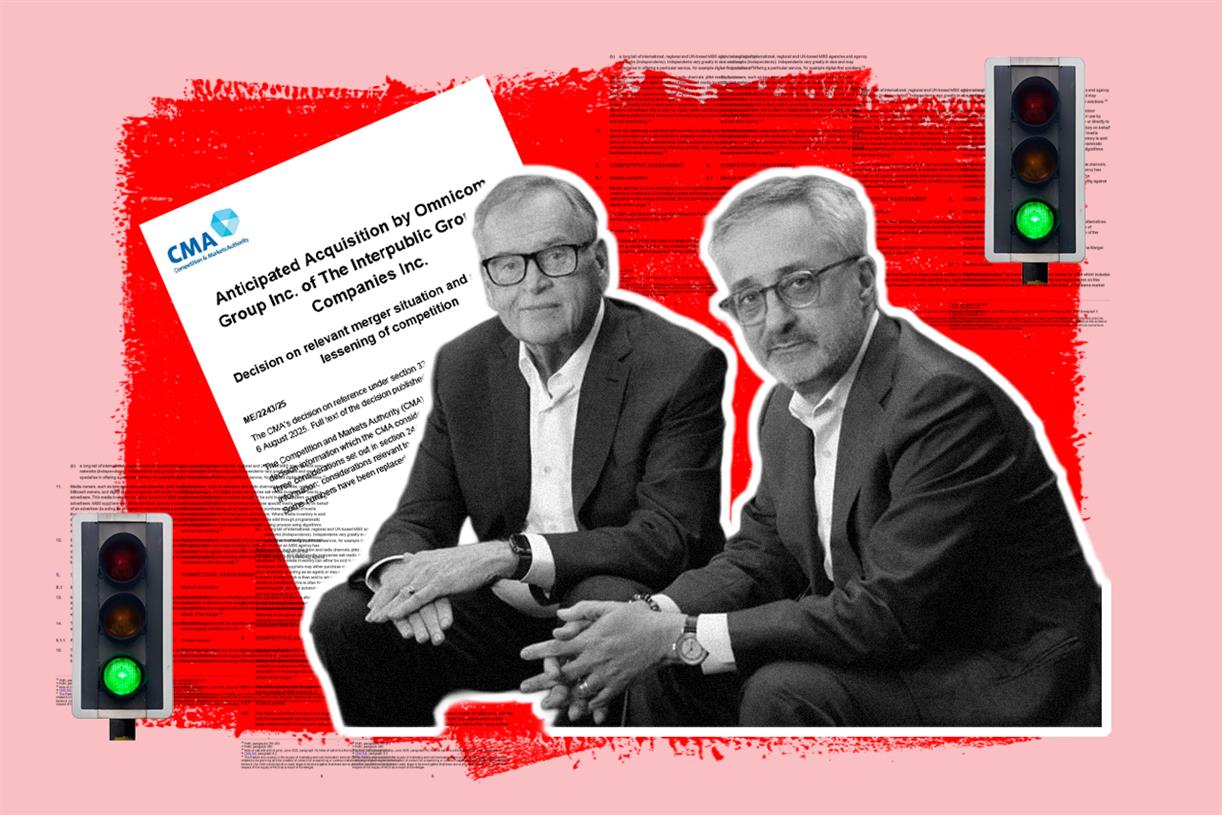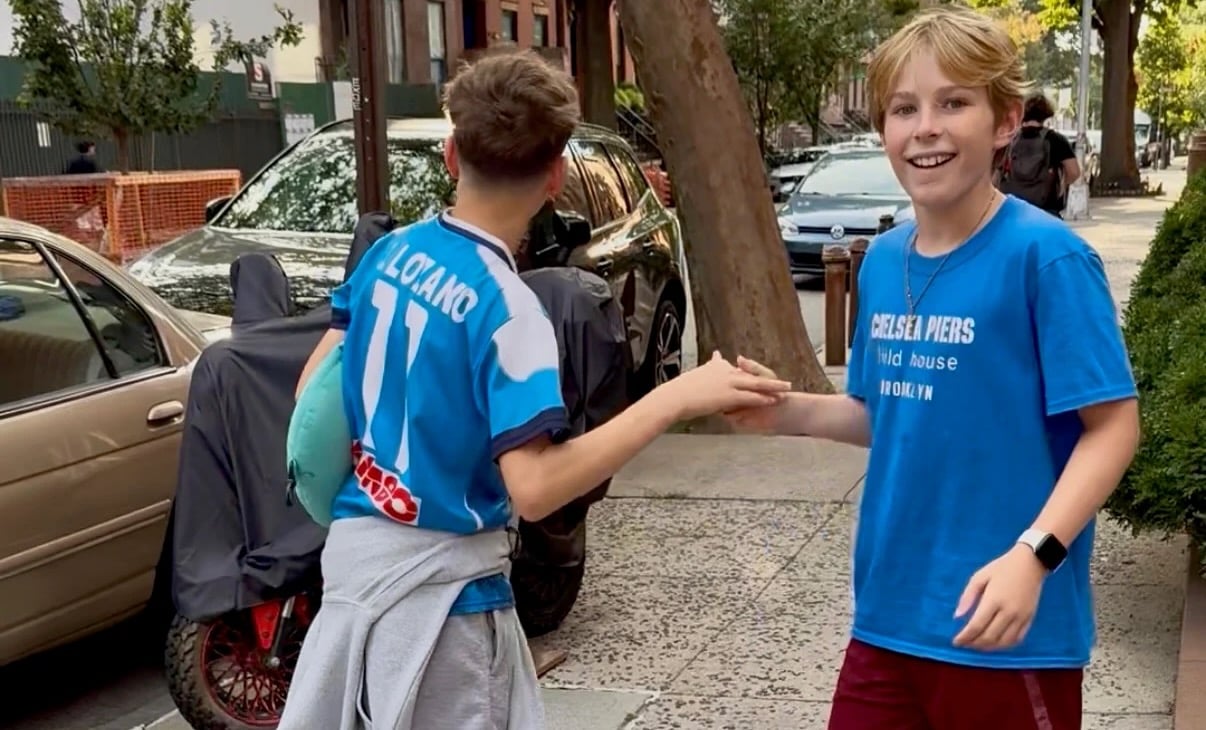Why certified community managers are emerging as a great brand’s new secret weapon
With COVID-19 laying siege to brands in the past year, many companies suddenly realized the value of community managers to building strong brands. Long seen as a customer service role, they are the ones on the front lines fighting...

Too often, community managers are seen as a form of customer service—an afterthought and role that exists to soothe complaints and grow a brand’s online presence. What people don’t realize is how tough that job can be, that those managers are essentially on the front lines fighting for the integrity of the brand day in and day out.
This past year, that job became even more difficult as record numbers of consumers moved online due to the pandemic. Divisive cultural conversations about social justice, Black Lives Matter and the election also extended into the social feeds of many brands.
The particular challenges that 2020 presented created a turning point for community managers. It elevated the importance of this role, and highlighted the strategic nuance that defines expert community management.
How to get community management right
At VMLY&R, we represent nearly 50 brands on social media, all of which were affected by the COVID-19 pandemic in some way. Retail clients facing store closures and heavy restrictions had to pivot in how they connected with their customers. Some contended with supply-chain issues and consumers wanted to know why products weren’t on store shelves and when they could get it. Many of our tech clients benefited from more people moving online. Their challenges were often about understanding and engaging new audiences that weren’t familiar with them.
It’s easy to see how the volume of work for community managers could increase exponentially during this time. There were more people spending more time on social media, and daily stresses began to drive fear and anger. There was no brand that did not experience some of that in the past year.
The result was a big spotlight on community management. Historically, these roles may have flown under the radar, but as everyone began looking to social to connect and see how brands were responding to events, community management quickly became the front line. Senior-level clients were seeking out their community managers, saying, “What should we do about this?” This was one area where there was a lot of anxiety on the part of our clients, and we wanted to do everything we could to reduce that.
Of course, we always advise our clients to have a clear strategy and rules of engagement in place, but this past year brought a tidal wave of activity. Our clients needed additional support and assurances that we’re doing everything we can to protect them. In good times or bad, having well-trained community managers is the absolute best way to minimize risk.
One way we sought to reinforce this was by setting a goal early in the year to have our entire community management team—nearly 40 people—complete the Facebook Community Manager certification program. Especially in a tough year, anything we could give our team to help them feel confident that they had all the tools they needed was going to help. And for clients, this type of investment in our personnel is one further step in letting them know they have the most capable hands on the keyboard taking care of their business.
We set a three-month timeline and announced our certification goals to our team. We gave them time to prepare and study, and Facebook was very helpful with guidance. Everyone had access to resources, and our teams could work together to learn the material. It felt a little like retaking a driver’s license written test: Even when you’ve been driving for a long time, the right answers on the written exam may surprise you.
The courses and training were a good reminder to take a breath and remember best practices. All of the very tactical, practical and functional guidelines that we learned through Facebook’s program we put in place to represent a brand’s beliefs and values and helped our team prepare for anything.
For example, most of the work of “real-time” social activation isn’t done in real time. It’s all the work that’s already been done that makes it very clear who we are as a brand, how we behave, what we care about, what kind of people we engage with, how we engage with them. From there, community managers simply apply that strategic work to the situation that is presented—they’re not busy trying to figure it all out from scratch. A lot of foundational work goes into being great in the moment.
When the going gets tough
Even in the best of times, our clients like to know that we’re continually improving to stay best in class for them. But in this particularly fraught year, our ability to say that our entire team was Facebook certified for community management really provided the additional reassurance that they can trust our judgement.
Sometimes the biggest hurdle we have with getting great community management in place with a brand is if it is seen as a bigger risk than reward. Brands can be afraid to put themselves out there. Our proprietary BrandAsset Valuator tool shows that the strongest, most dynamic brands not only have a lot of volume of conversation, but those conversations do not all have to be positive. The healthiest brands are a little bit polarizing because their communities care enough to get out there and talk about them. This concept is obviously a little scary to brands, but having that proactive history of engaging with the community can really be a benefit. Of course, having well-trained and certified professionals guiding this strategy helps mitigate risk, and our ability to point every client to our team’s certifications helps reduce any misgivings.
With the flood of focus and spotlight on community management in the last year, I’m hopeful that more senior marketers will see and understand the role that a certified community manager can play.
To learn more about the Facebook Community Manager Certification Program, visit Facebook Blueprint.

 MikeTyes
MikeTyes 










.jpg&h=630&w=1200&q=100&v=2a8ddfbc4a&c=1)





















